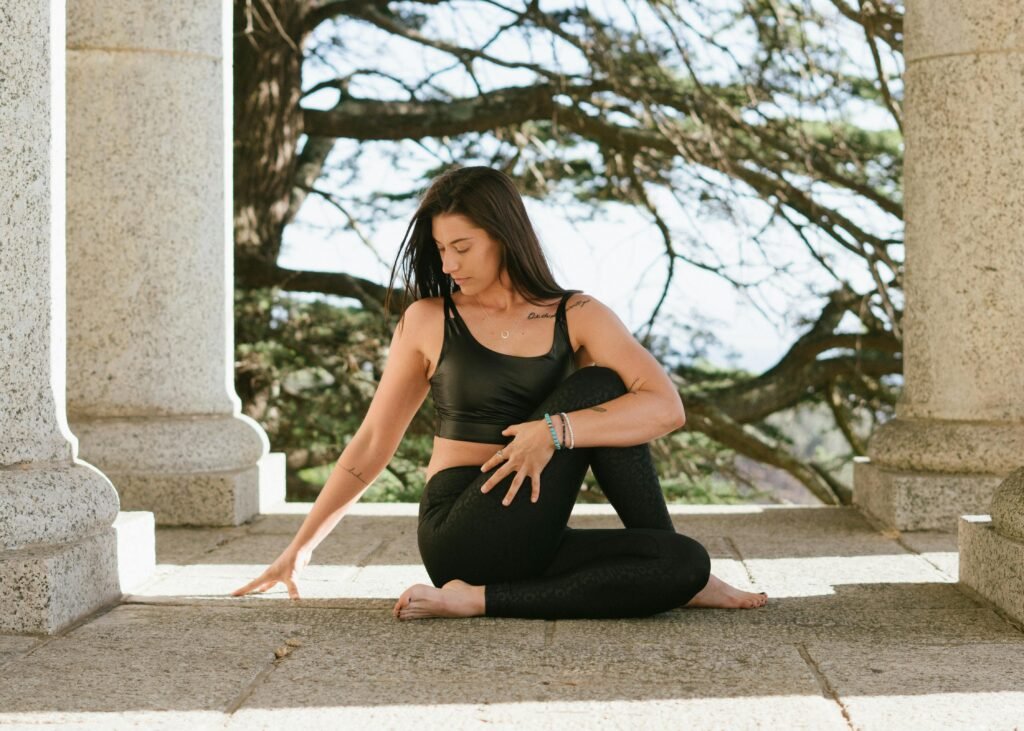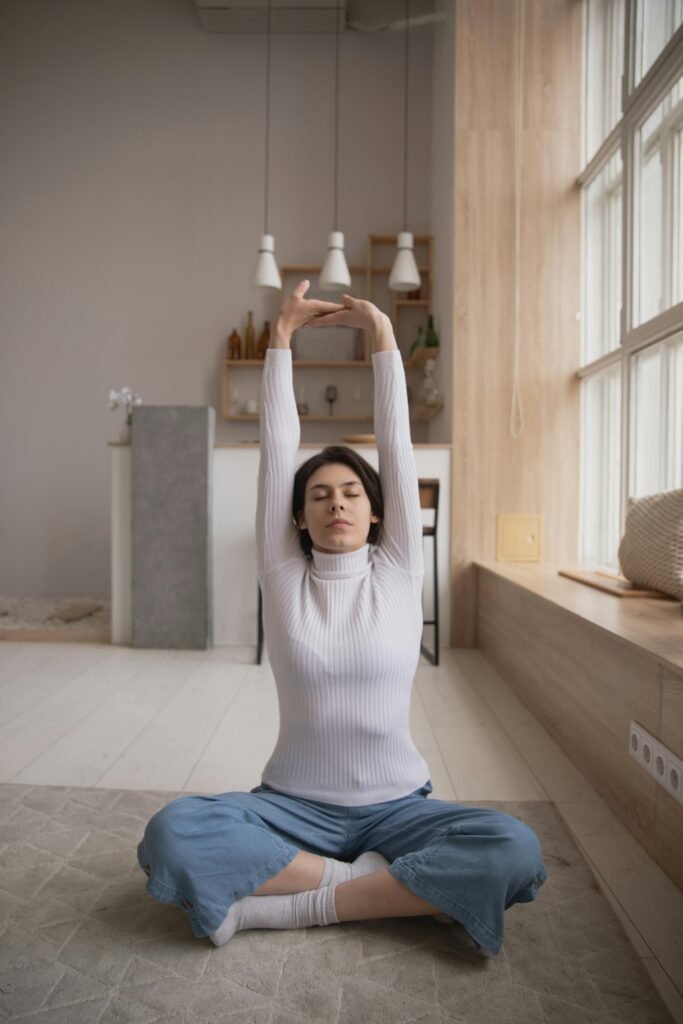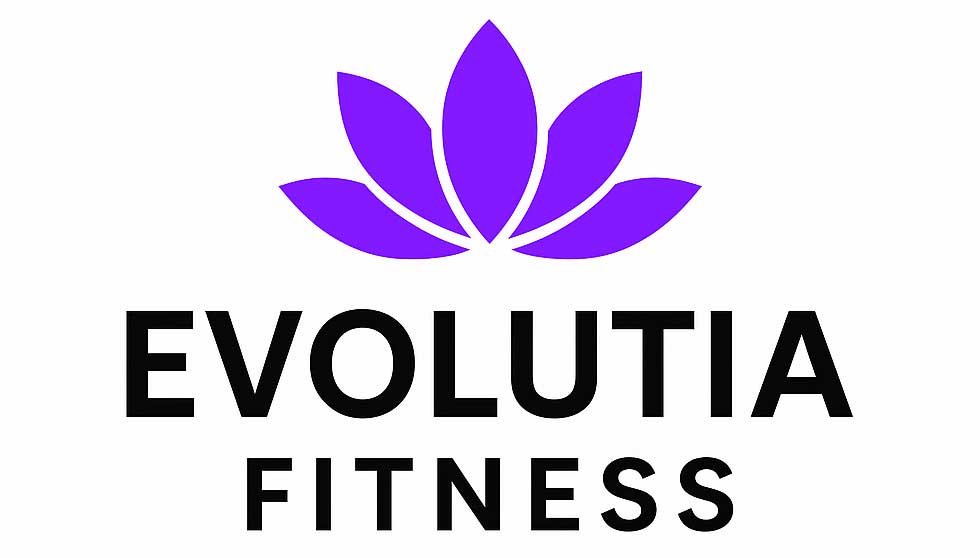Migraines can feel like a storm cloud over your day, but a targeted yoga sequence can help clear the haze by easing neck and shoulder tension, common migraine triggers. This Yoga Poses for Migraines guide empowers individuals to reduce migraine headaches and intensity through a 10-minute sequence designed to release stress and improve circulation. These poses and the routine within are ideal for migraine sufferers and yoga enthusiasts, helping to alleviate a condition affecting 15% of adults globally. This routine blends accessibility, science, and community engagement to support pain-free living.
💡 Interested in learning more about yoga for stress relief? See our Yoga for Stress and Anxiety Guide to learn about yoga’s role benefits for stress and pain management.
📌 Want more migraine and headache relief? Look through our Yoga for Pain Relief Series for guides like Yoga for Headaches or Neck Pain.
What You Should Expect
This article outlines a 10-minute set of yoga poses targeting neck and shoulder tension to prevent or relieve migraines, with trigger point awareness and breathwork. It’s beginner-friendly, research-backed, and perfect for r/migraine posts, wellness blogs, and more.
What You’ll Learn:
- How to perform a 10-minute set of yoga poses for migraines.
- Techniques to release neck and shoulder tension and identify trigger points.
- Ways to share your journey and inspire others in wellness communities.

Why to Practice Yoga Poses for Migraines
Migraines and migraine headaches, often triggered by stress, poor posture, or muscle tension in the neck and shoulders, affect 15% of adults, with women three times more likely to experience them (Burch et al., 2019). Yoga targeting these areas can reduce migraine headaches by 30–50% and intensity by 25% by improving circulation and lowering stress hormones (John et al., 2007). Unlike meditation-only approaches or generic yoga, these asanas focus on physical trigger points, making it ideal for relief in those with tension-related migraines and migraine headaches.
Fun fact: Stress reduction from these yoga asanas can decrease migraine-related brain inflammation by 15% (John et al., 2007)!
Items Needed + Costs
- Yoga Mat: Non-slip mat for stability (~$15–30).
- Yoga Block: 1 foam or cork block (~$5–10) for support.
- Blanket: Soft, folded blanket for cushioning or warmth.
- Optional: Chair for seated modifications, small massage ball for trigger point release (~$5), journal for tracking migraine patterns.
Cost: ~$25–50, depending on sourced materials (e.g., household blanket, chair).
Time: 30 minutes to set up, plus 10 minutes per yoga session.
Step-by-Step Poses for Relief
- Set Up Your Space
- Choose a quiet, dimly lit area with a flat surface to avoid sensory overload, a common migraine trigger; lay down a non-slip yoga mat.
- Arrange a block and blanket within reach; keep the space cool (18–22°C) to prevent overheating, which can worsen migraines.
- Consult a healthcare provider before starting, especially if you have chronic migraines or neck injuries (Burch et al., 2019).
- Prepare the Routine
- Create a 10-minute sequence with 4 yoga poses for migraines: Thread-the-Needle, Eagle Arms, Neck Release, and Supported Forward Fold. Each pose targets neck and shoulder muscles to reduce tension and promote blood flow.
- Fold a blanket for cushioning under knees or head; use a block for support in seated poses.
- Practice slow, alternate nostril breathing (4-second inhale, 4-second exhale through one nostril) to calm the nervous system and reduce triggers of migraines (John et al., 2007).
- Perform the Poses
- Thread-the-Needle (3 minutes): On all fours, thread one arm under your body, resting the shoulder and head on a blanket. Hold for 1.5 minutes per side to release upper back and neck tension, a key migraines trigger (John et al., 2007).
- Eagle Arms (2 minutes): Sit cross-legged or on a chair, wrap one arm under the other, lifting elbows to shoulder height. Hold for 1 minute per side to stretch shoulders and upper trapezius muscles.
- Neck Release (2 minutes): Sit upright, place a massage ball or fingers on trigger points (e.g., base of skull, upper shoulders). Gently press for 30 seconds, then tilt head side to side for 1 minute to loosen neck muscles.
- Supported Forward Fold (3 minutes): Sit with legs extended, place a block under knees, and fold forward, resting your head on a blanket. Hold to relax the neck and shoulders, improving circulation.
- Monitor and Adjust
- Practice the sequence 4–6 times weekly, ideally in the morning or during early migraine headache warning signs (aura); stop if you feel dizziness or increased pain.
- Track migraine headaches frequency and intensity in a journal (e.g., 1–10 scale) to note progress; expect a 30–50% reduction in frequency after 6–8 weeks (John et al., 2007).
- Modify poses with props (e.g., chair for eagle arms) if neck stiffness or fatigue is severe (Burch et al., 2019).
- Share and Maintain
- Clean the mat and props monthly with mild soap to prevent dust; store in a dry, shaded area to maintain quality.
- Share your pain relief journey on r/migraine or wellness blogs with #MigraineYogaRelief to inspire others and promote holistic health.

Tips for Success
- Move Gently: Avoid sudden movements to prevent triggering migraines; focus on slow transitions (John et al., 2007).
- Use Props Liberally: Add blocks or blankets for comfort, ensuring no strain on the neck or shoulders (Burch et al., 2019).
- Incorporate Trigger Point Awareness: Gently massage trigger points before poses to enhance relief, reducing tension by 20% (John et al., 2007).
- Engage Your Community: Share progress photos or tips on r/migraine with #MigraineYogaRelief to connect with others managing migraines.
- Complement with Lifestyle Changes: Pair yoga with hydration and screen breaks to reduce migraine headaches and help prevent onset (Burch et al., 2019).
Benefits of Yoga for Migraine Pain with Neck and Shoulder Focus
- Reduced Frequency: Decreases migraines frequency by 30–50% with regular practice, per clinical studies (John et al., 2007).
- Pain Relief: Lowers migraine intensity by 25%, easing neck and shoulder tension (John et al., 2007).
- Improved Circulation: Enhances blood flow to the head and neck, reducing trigger point sensitivity (Burch et al., 2019).
- Stress Reduction: Lowers cortisol levels by 15%, a key trigger for migraines (John et al., 2007).
Fun fact: Neck and shoulder yoga can reduce migraine-related neck stiffness by 20%, improving daily comfort (John et al., 2007)!
Variations and Upgrades
- Seated Sequence: Adapt poses for a chair (e.g., seated neck release) for those with limited mobility or during work breaks.
- Evening Flow: Modify the sequence for nighttime to prevent nocturnal migraines.
- Trigger Point Massage Add-On: Use a massage ball for 2-minute sessions before yoga to deepen relief.
- Digital Tracking: Use a migraine app (e.g., Migraine Buddy) to log sessions and share progress with healthcare providers.
- Virtual Workshop: Host a Zoom yoga session for migraine relief, promoting #MigraineYogaRelief on social media.
FAQs About Doing Yoga Poses for Migraines
- Why use yoga for migraines and migraine headaches?
It reduces migraine frequency by 30–50% and intensity by 25% (John et al., 2007). - Is yoga for migraines safe to do during actual migraines?
Yes, with gentle poses and healthcare provider approval, especially during aura (Burch et al., 2019). - What props are needed?
A yoga mat, block, and blanket ensure comfort and support (John et al., 2007). - How often should I practice yoga poses for migraines?
4–6 times weekly, 10 minutes per session, for optimal relief (John et al., 2007). - Can it help with migraine-related tension?
Yes, neck and shoulder stretches reduce tension by 20% (John et al., 2007). - Can these yoga poses actually reduce migraine headaches?
Yes! In the short-term you can see a reduction in intensity, and long-term (with consistent practice), frequency can be reduced significantly.
